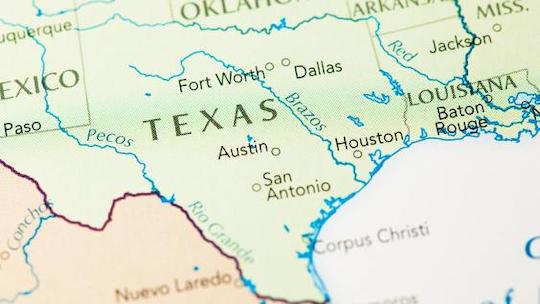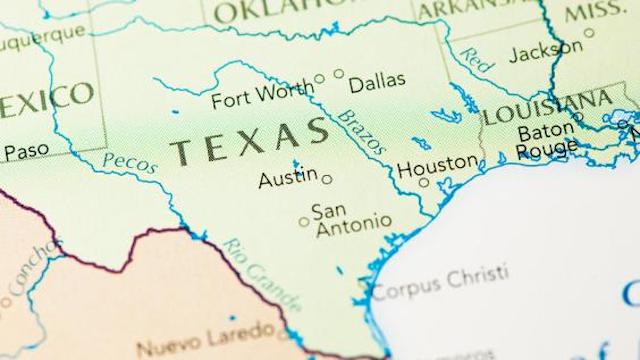HOUSTON – (Dec. 12, 2022) – Building new ties between the Texas electrical grid and the major grids in North America should be explored with strict regard to economics and reliability — leaving politics aside — according to a new report from Rice University’s Baker Institute for Public Policy.
Julie Cohn, nonresident scholar at the Baker Institute, examined the history of the unique Texas Interconnection and the Electric Reliability Council of Texas (ERCOT) that operates it.
Despite the “mythology” of Texas eschewing the national grid to keep the federal government out of its business, Cohn argues that ignores the actual reasons power companies chose to stay siloed. She said the isolated Texas grid has offered benefits by way of expanded renewable power, new transmission infrastructure and historical operating reliability.
“Texas enjoys two distinct advantages with an isolated grid — one technical and the other organizational,” she wrote. “The technical advantage stems from system operation standards that are uniform across the nation but implemented in a distinct way in Texas. The organizational advantages relate to the ability of the Texas Legislature to effect change on the grid, especially to its infrastructure.”

The nature of the modern Texas grid stems from a surreptitious operation in May 1976 called the “Midnight Connection,” in which system operators at West Texas Utilities connected circuits to those of the Public Service Company of Oklahoma. As soon as executives at both Houston Lighting and Power Co. (HL&P) and Texas Electric Service Co. learned of the clandestine power trade, they ordered their facilities to disconnect from the Texas grid to avoid falling under federal regulation against their will, Cohn explained.
HL&P had evidently been willing to consider linking grids, but its investigation and testing of the idea in the years between World War II and the Midnight Connection event appeared to show it wouldn’t be beneficial to Texans, according to the report.
“Without indications that the links would provide a significant economic advantage or greatly increase reliability, however — in fact, finding evidence of decreased reliability — (Texas) companies remained committed to their intrastate operations,” she wrote.
The Eastern and Western Interconnections have to coordinate with dozens of “balancing authorities” to assure that power exchanges are executed as planned to avoid system instability or power failure. Texas, however, has only one balancing authority: ERCOT.
“While Texas braggadocio may continue to play a role in the public discourse, Texas power companies, like those elsewhere, are opportunists,” Cohn wrote. “Moreover, Texas power customers, like those elsewhere, want reliable, cost-effective and — for many — preferably green power.
“Practical issues including technical feasibility, the cost of new infrastructure, public acceptance of large-scale transmission lines and the need to resolve who will pay for what will likely present the biggest challenges to a future of new links between Texas and the rest of the continental United States,” she continued.

